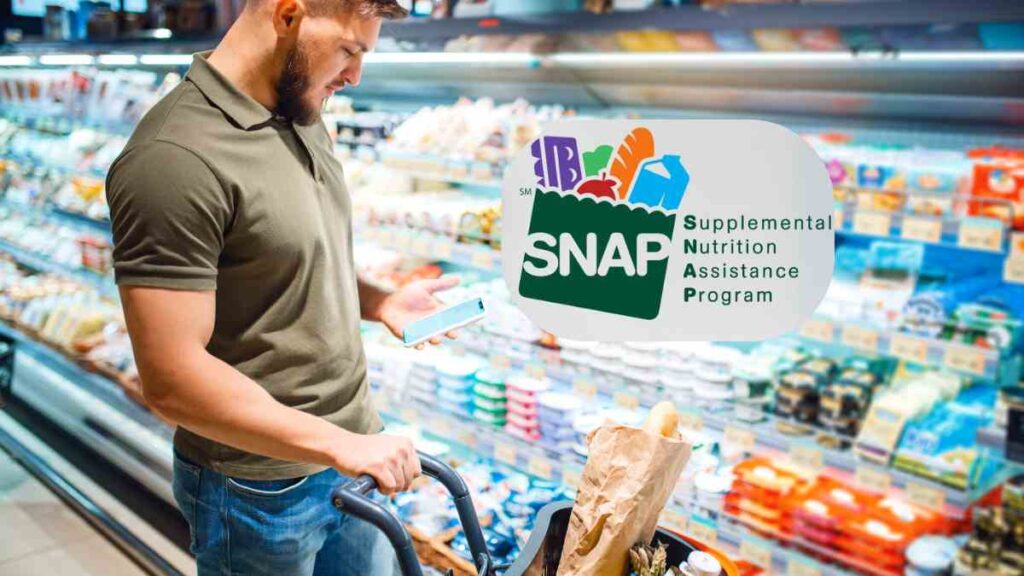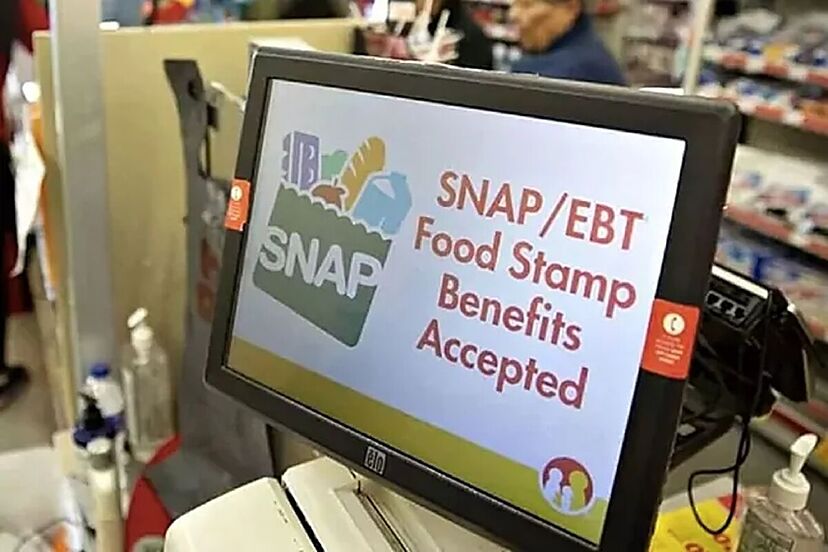The Supplemental Nutrition Assistance Program (SNAP), a crucial lifeline for millions of low-income Americans, is facing significant budget cuts as part of the federal government’s budget reconciliation process. The proposed reductions, spearheaded by the House Agriculture Committee, could total approximately $150 billion, igniting concerns among advocacy groups and policymakers about the potential impact on food security nationwide.
What’s at Stake?
SNAP, formerly known as food stamps, helps more than 40 million Americans afford groceries each month. The program is designed to provide temporary assistance to low-income families, the elderly, and people with disabilities. However, lawmakers pushing for budget reductions argue that reforming SNAP is necessary to curb federal spending and ensure the long-term sustainability of welfare programs.
According to legislative proposals, the budget cuts include measures such as:
- Lowering SNAP error payment rates to reduce inefficiencies.
- Updating work requirements for recipients to ensure broader workforce participation.
- Tying future adjustments of the Thrifty Food Plan—which determines SNAP benefit levels—to a cost-of-living adjustment, effectively limiting benefit increases in the future.
These proposed measures align with broader Republican efforts to reduce federal spending and reallocate funds to other areas, including farm safety nets for struggling agricultural sectors. However, critics argue that such cuts would disproportionately affect the most vulnerable populations.
Impact on Vulnerable Communities

Advocacy groups have raised alarms about the potential consequences of these reductions. Organizations such as the Food Research & Action Center (FRAC) warn that cutting SNAP benefits would exacerbate food insecurity, particularly for low-income families and individuals living in food deserts.
“SNAP is one of the most effective anti-hunger programs in the country,” said a spokesperson from FRAC. “Reducing its funding will force millions to make impossible choices between food, rent, and healthcare.”
A reduction in SNAP benefits could also have significant economic repercussions. According to data from the U.S. Department of Agriculture (USDA), every dollar spent on SNAP generates about $1.50 in economic activity, as recipients use the funds to purchase goods from local grocery stores and farmers’ markets.
Wider Budget Cuts in Play
SNAP is not the only social program under scrutiny. The House Budget Committee is considering additional reductions to programs like Medicaid, with proposed cuts exceeding $2 trillion. These reductions could result in millions of Americans losing access to essential healthcare services.
Former President Donald Trump has expressed opposition to cuts to Social Security but has been less vocal about the proposed Medicaid and SNAP reductions. Meanwhile, congressional Republicans continue to push for drastic spending reductions as part of their broader fiscal strategy.
The Budget Reconciliation Process
The budget reconciliation process allows for expedited consideration of certain tax and spending legislation. Unlike traditional bills, reconciliation measures cannot be filibustered in the Senate, meaning they require only a simple majority to pass. This procedural advantage has made it a favored tool for passing controversial fiscal policies along party lines.
Reconciliation has historically been used to implement major economic policy changes, including tax cuts and healthcare reforms. With Democrats controlling the Senate and the White House, negotiations over the final budget proposal are expected to be intense, as both parties seek to balance fiscal responsibility with social welfare priorities.
For more information on the budget reconciliation process, visit the U.S. Senate’s guide on reconciliation.
Public Reaction and Advocacy Efforts

Amid the ongoing debate, advocacy groups and food security organizations are mobilizing to oppose the proposed cuts. The FRAC and other non-profit organizations are encouraging citizens to contact their representatives and voice their concerns.
“There are three things people can do right now,” FRAC noted in a recent blog post: “Call your members of Congress, share personal stories about how SNAP has helped you, and spread awareness through social media.”
To take action, individuals can find their local representatives through Congress.gov and send direct messages urging them to protect SNAP funding.
What’s Next?
The debate over SNAP funding is expected to intensify in the coming weeks as Congress negotiates final budget provisions. Lawmakers will need to weigh the fiscal benefits of spending reductions against the real-world impact on millions of Americans who rely on government assistance for basic necessities.
As the budget reconciliation process unfolds, all eyes will be on Washington to see whether policymakers can reach a compromise that ensures both fiscal responsibility and continued support for vulnerable communities.
For official updates on SNAP and eligibility requirements, visit the USDA’s SNAP webpage.
Conclusion
The future of SNAP remains uncertain as Congress debates its funding and potential reforms. While proponents argue that budget cuts are necessary to curb federal spending, critics warn that such measures could push millions into deeper food insecurity. With so much at stake, the outcome of this legislative battle will shape the country’s social safety net for years to come.
This article has been carefully fact-checked by our editorial team to ensure accuracy and eliminate any misleading information. We are committed to maintaining the highest standards of integrity in our content.

Premlata is a seasoned finance writer with a keen eye for unraveling complex global financial systems. From government benefits to energy rebates and recruitment trends, she empowers readers with actionable insights and clarity. When she’s not crafting impactful articles, you can find her sharing her expertise on LinkedIn or connecting via email at [email protected].




